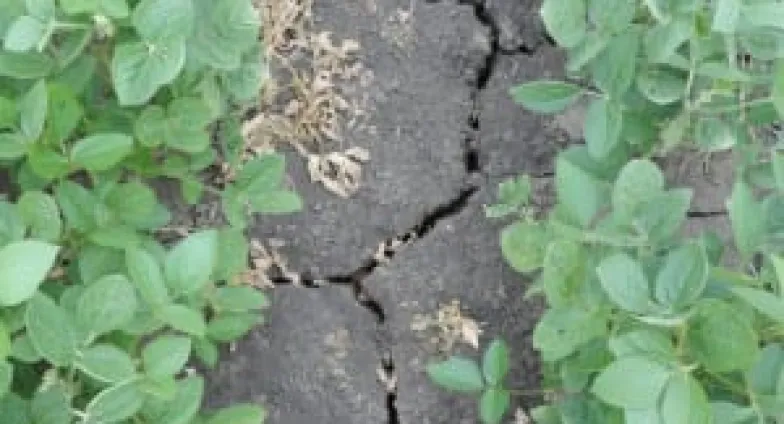Soil Crusting
Soil crusting can lead to increased runoff and erosion potential
Crusting occurs when a heavy rain strikes an unprotected soil surface, breaks down the aggregates, and turns the top layer of soil into a uniform surface seal. This surface crust can be strong enough to inhibit water infiltration, seed emergence and can lead to increased erosion.
Management for Prevention
Managing for soil health can help prevent the conditions that lead to the formation of surface crusts; this means doing two things:

(1) Protecting the soil surface
Management Option: maintaining residue on the surface year-round
(2) Increasing soil aggregation at the surface
Management Option: reducing tillage or disturbance to the soil surface
Management Strategies for an Existing Problem
Crusting may also be a symptom of salinity; often, white salts will be visible at the surface. If you suspect a salinity problem soil test to determine the level of soluble salts before switching up management plans.

|

|
